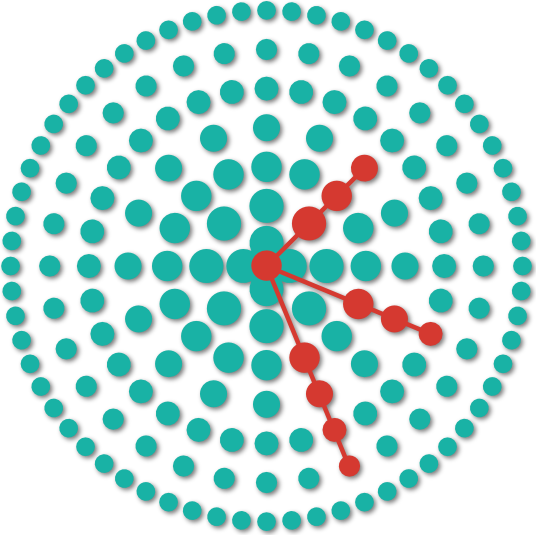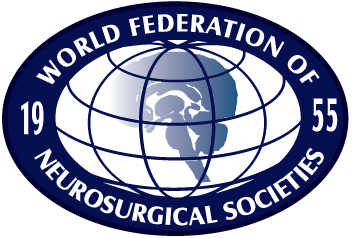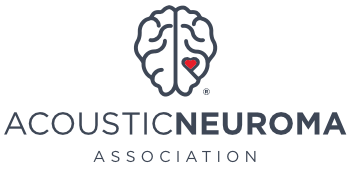Recovery Outlook for Patients With Cavernous Malformation


Cavernous malformations, also known as cavernomas or cavernous angiomas, are clusters of enlarged blood vessels. Blood can occasionally ooze across leaky vessel walls and be reabsorbed, causing the cavernous malformation to stretch or shrink over time. If your cavernous malformation is a good candidate for surgery, complete removal of the cavernous malformation may provide a cure.
The timeline of a patient’s recovery after surgery depends on various factors, including the overall health of the patient, age, and the location and size of the cavernous malformation. Cavernous malformations generally have high cure and low complication rates after surgery. Most patients report improved symptoms after complete resection, or removal, of the cavernous malformation.
This article will focus on the patient’s postoperative experience, including the recovery timeline, follow-up process, limitations and complications, and other crucial recovery factors.
What Are Cavernous Malformations?
Being newly diagnosed with a cavernous malformation is terrifying. If found within the brain, it can be particularly concerning. The outlook for cavernous malformations varies widely for each patient. Some individuals can live years without ever knowing that they have a cavernous malformation, whereas others may suffer from disabling seizures or other neurological problems.
A cavernous malformation is a cluster of warped blood vessels, typically a few millimeters to centimeters (about 0.5 to 2 inches) in size. Although sometimes referred to as a “cavernoma,” a cavernous malformation is not a brain tumor. Whereas a brain tumor is an abnormal growth of cells, a cavernous malformation is a group of abnormally arranged cells.
Symptoms such as seizures or other neurological problems arise when bleeding from the cavernous malformation occurs and irritates the surrounding brain. In a cavernous malformation, blood flow is slow and periodic oozing and reabsorption of blood is common. Because a cavernous malformation can swell with blood or shrink when the blood is broken down, it can appear to “grow” or “shrink” on an imaging scan.
How Concerned Should You Be?
The impact of a cavernous malformation can vary widely from person to person. Cavernous malformations can cause symptoms such as seizures, weakness, sensory abnormalities, or even problems with speech and walking depending on their location and size. If the cavernous malformation is not causing problems currently, the next question to ask is, “How likely will it cause problems in the future, and how severe will these problems be?”
The main risks of a cavernous malformation are bleeding into the surrounding brain (intracerebral hemorrhage) and neurological symptoms. Once a cavernous malformation has bled, the risk of it bleeding again in the future increases, and the risk of it producing symptoms remains. On a positive note, cavernous malformations are rarely life threatening. However, if symptoms such as seizures occur, they can significantly interfere with daily life.
The risk of bleeding is approximately 1% to 5% per year. However, this risk is less than 1% per year for individuals with no symptoms and no history of a cavernous malformation bleed. Living with a cavernous malformation can be scary, but in many cases, regular monitoring is a safe and reasonable option and may be preferred over surgical treatment.
Why should you have your surgery with Dr. Cohen?
Dr. Cohen
- 7,500+ specialized surgeries performed by your chosen surgeon
- More personalized care
- Extensive experience = higher success rate and quicker recovery times
Major Health Centers
- No control over choosing the surgeon caring for you
- One-size-fits-all care
- Less specialization
For more reasons, please click here.
What Is the Life Expectancy and Death Rate?
Cavernous malformations are rarely life threatening. Because a cavernous malformation is not a brain tumor or cancer, it does not affect life expectancy in the same way that these other conditions might. When discussing treatment options for a cavernous malformation, the risks and benefit focus on how it might affect daily life and functioning.
The mortality rate after surgery for a cavernous malformation is extremely low, although this also depends on the skill of your operating neurosurgeon. Finding a trusted neurosurgeon will be one of the most important decisions in the treatment of your cavernous malformation. Learn more about how to find a top surgeon for your cavernous malformation here.
Recovery Timeline After Surgery
Patients take approximately 6 weeks to recover from cavernous malformation surgery when there are no complications. The actual recovery duration, however, depends on various factors, including the patient’s age and general health, post-surgery care, and the location of the cavernous malformation. If neurological problems occur after the surgery, physical rehabilitation may be needed to help regain those functions.
First Week Post-Surgery
In the first week after surgery, you may feel pain, some discomfort and fatigue. Strenuous activities such as lifting and exercising may be restricted. You may need help with day-to-day activities such as household chores, cleaning, and errands.
Weeks 2 to 3
In the second to third week after surgery, you may be required to return to the hospital to have stitches removed and incisions checked. At this time, you should feel much better and even be able to resume some normal day-to-day activities. To assess the recovery process, the doctor may ask if you are experiencing any disorientation, coordination problems, seizures, or any other neurological impairments.
Weeks 3 to 6
You should expect a faster and more remarkable recovery between weeks 3 and 6. You should feel less pain, be more comfortable with time, and have fewer neurological problems. Although the doctor may still restrict some activities, such as driving, you should be able to go about your daily activities with more ease.
Week 6 and Beyond
Beyond week 6, the doctor may recommend other follow-up checks to assess the recovery process. After that, you should be able to resume most of your normal routines, including working and exercising. However, some patients may need more time to rest and recuperate. Regular communication with doctors involved in your care will be important on your journey toward full recovery.
Recovery Limitations and Complications
The first surgical treatment for cavernous malformations provides a cure for most patients. The goal of treatment is to remove the cavernous malformation completely without injuring nearby healthy tissues. Typically, you will undergo an MRI scan within 24 hours of surgery to confirm the complete removal of the malformation.
If any pieces of cavernous malformation are still present, you may need to undergo another operation to remove the remaining pieces and minimize the risks of future bleeding. The doctor may schedule additional MRI scans 1, 3, and 5 years after surgery to monitor recovery and reemergence of the cavernous malformation.
The most common complications of surgery are hemorrhage and reoccurrence of the cavernous malformation. Excessive bleeding after surgery may cause hemorrhagic stroke, leading to progressive neurological damage. This is more likely to occur if you have a history of bleeding and if the cavernous malformation is in the brainstem.
Other possible complications include headaches, weakness, sensory abnormalities, trouble with walking, or other neurological impairments. In most cases, these are temporary and resolve with time. Physical rehabilitation can help to regain strength and functioning.
Although many patients report benefit from the surgery and experience resolution of previous symptoms such as seizures, there is a possibility that these symptoms will persist after treatment. If this happens, other treatment options such as antiseizure medications will be discussed.
Key Takeaways
- Cavernous malformations are rare. Approximately 0.2% of the population has some form of a cavernous malformation in the brain or spinal cord.
- If your cavernous malformation is a good candidate for surgery, complete removal usually provides a cure. Most patients are satisfied with the procedure, although symptoms may persist in rare cases.
- Neurological problems that occur after surgery usually resolve with time. You may need 6 weeks or longer to recover from a successful surgery.











